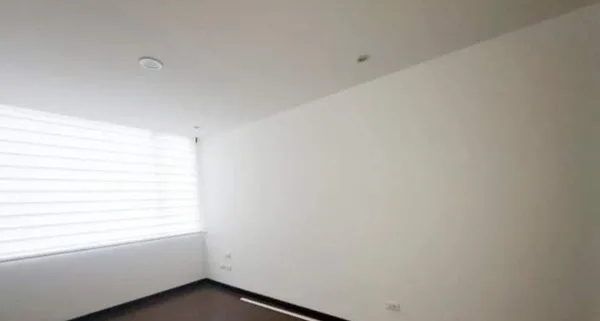As the chikungunya virus spreads in Ecuador and Latin America an epidemiologist says the best way to avoid it is to ‘stay high’
Although chikungunya is seldom fatal, it has been called the most painful disease in the world.
“During the worst of it, it is excruciating,” says retired U.S. epidemiologist Ron Marshall. “Almost everyone who has been infected will tell you it’s the most painful thing they’ve ever experienced. Even though it usually won’t kill you, most of the victims hope it would, just to put them out of their misery,” he says.
The best way to avoid it, Marshall says, is to stay away from areas where the mosquitoes that carry the disease live. “If you’re in the mountains, in some place like Cuenca, you’re safe. The mosquitoes that carry chikungunya, or other communicable diseases, cannot survive above 6,500 or 7,000 feet elevation. If you stay high, you’ll be fine.”
Ecuador’s health office that monitors insect diseases reports that chikungunya is spreading, particularly in coastal areas, and some private doctors says the number of cases is much higher than than what is officially reported. Despite the disease’s severe pain, most cases are treated in the victim’s home although some cases require hospitalization.
Originally confined to Africa, Asia, and islands in the Indian Ocean, chikungunya appeared in the western hemisphere in 2013, first in the Caribbean, and then in Central and South America. Several cases have been reported in the U.S., in Florida and Louisiana.
The highest chikungunya infection rates are in Central America, where about 200,000 cases have been reported, with El Salvador and Honduras reporting more than 50,000 each. The disease is spreading rapidly in coastal regions of Colombia, Ecuador’s northern neighbor.
The Ministry of Health’s surveillance office says the disease has now been reported in six of Ecuador’s 24 provinces and that it appears to be spreading.
Esmeraldas is the most affected province, with 4,112 cases, followed by Manabí, with 1,820. Most recently Guayas Province, has reported an increase in cases, including more than a dozen in the affluent suburbs of Guayaquil.
Marshall, who worked for the U.S. Center for Disease Control, and who studied chikungunya in Africa in the 1990s, says the disease is often misdiagnosed. “It has many of the characteristics of dengue and several other tropical viruses, and because it is so terrifying to the population, some governments under-count it to avoid creating panic,” he says. “I understand that there may be quite a few more cases in Ecuador than we hear about.”
According to Marshall, who lives part-time in Cuenca, chikungunya was first identified in Africa in the 1950s, and is carried by the aedes aegypti and albopictus types of mosquitoes.
“If you read the literature about it, it will tell you that the most intense pain from chikungunya is in the joints, but it’s really a case where a victim hurts all over. There are headaches, muscle and stomach aches. It’s really ghastly to see someone suffering from it,” he says.
“Although we usually visit the coast when we’re in Ecuador, we’re avoiding it this year,” Marshall says. “I prefer that my wife and I stay in Cuenca where we’re out of range,” he says.
There have been two cases reported in Azuay Province, where Cuenca is located, but they were in an area in the extreme western portion of the province, at an elevation below 2,000 feet.



















